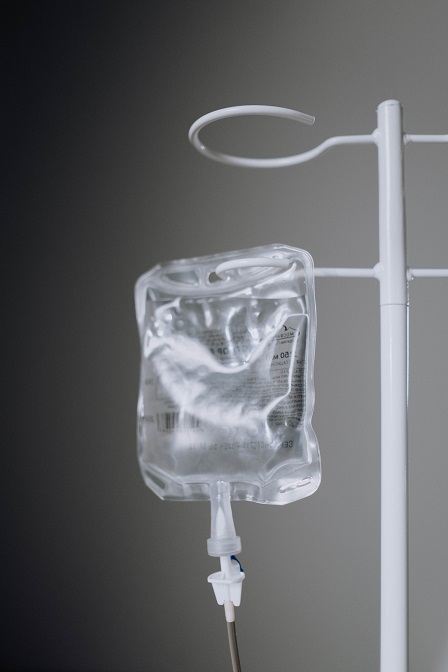Intravenous (IV) therapy is a medical treatment used in hospitals throughout the United States. In fact, 4 out of 5 hospital patients wind up receiving an IV, making it one of the more common procedures administered in clinical settings. Essentially, IV therapy is the delivery of fluids, blood, or medication directly into a patient’s system via the veins.
The main benefit of this treatment is its capability to deliver drugs and/or fluids into a patient’s bloodstream quickly and effectively. Your body can absorb 100% of the vitamins taken this way as opposed to approximately 20% of the amount taken orally because of the digestive tract. Nevertheless, sticking needles into people’s veins still generates lots of questions. For this reason, we have included some of the most common questions people ask about IV therapy below.
1. Is IV Therapy Safe?
While IV therapy is considered routine, it does have its risks like any medical procedure. Indeed, more than 80% of admitted U.S. hospital patients receive an IV with a current failure rate of 50%. The important thing is for patients to talk about IV therapy with their physician or caregiver beforehand to ensure they are being monitored for any complications.
2. What Kind of Complications Does It Have?
Most complications or side effects from IV therapy are mild. Some patients may experience redness, itching, inflammation, or bruising around the injection site that can last for as much as a few days. More serious side effects include phlebitis, infiltrations, and infection. Things to be on the lookout for include discoloration, blistering, or severe swelling near the injected area.
While actual allergic reactions are rare, any throat swelling, body rash, or low blood pressure should be taken seriously and followed by a visit a to an emergency room.
3. What Types of IVs Are in Use?
- Peripheral IV – usually known as a standard line, this is the most common one used in medical, surgical, and emergency room settings. These lines are normally for treatments lasting up to five days.
- Central Line – more invasive than peripherals, this line goes directly into the heart and can be left in for a few weeks or even months.
- Midline Catheter – considered a less invasive means of delivering medications, fluids, or taking blood samples. A midline catheter can be left in a patient for more than five days but not longer than a month.
4. What Is IV Therapy Used For?
IV therapy is useful for a range of different conditions including drug therapy, pain management, chemotherapy, blood transfusions, dehydration, and vitamin therapy. Some shots help with things like hangovers, promoting healthy skin and hair, or even boosting energy levels.
5. Is IV Therapy Painful?
Although a fear of needles is fairly common, people respond to pain differently. In any case, most patients don’t feel much pain with the insertion of a standard IV. Often, healthcare providers will treat the skin with a spray beforehand to numb the area and lessen any discomfort.
6. How Often Do People Get IV Therapy?
Frequency of IV therapy depends on the condition you are treating and the kind of IV being used. For example, some preventative health and wellness treatments recommend two IV drips a month to balance out any vitamin deficiencies. Also, it may vary according to the hospital treating you.




